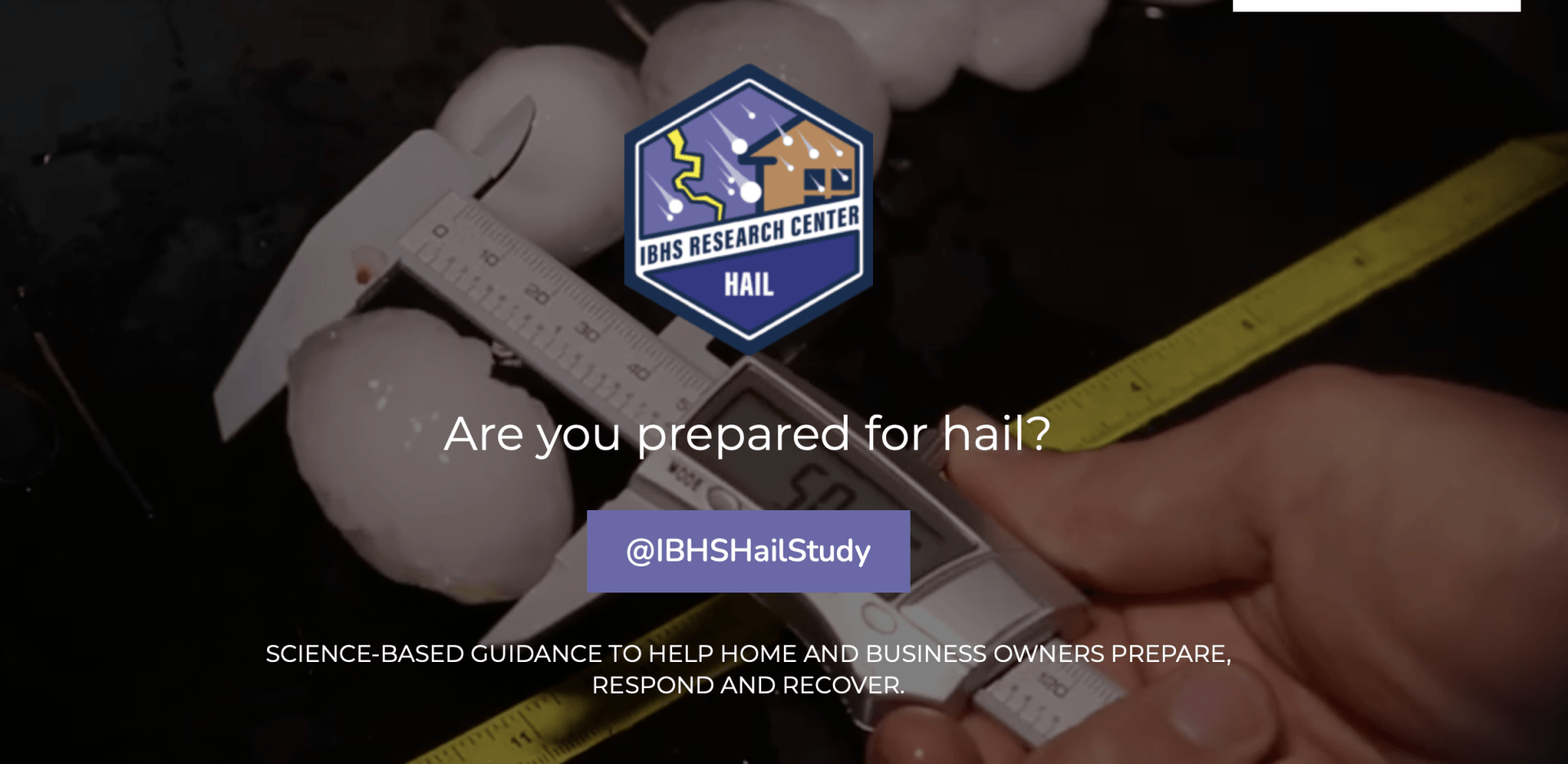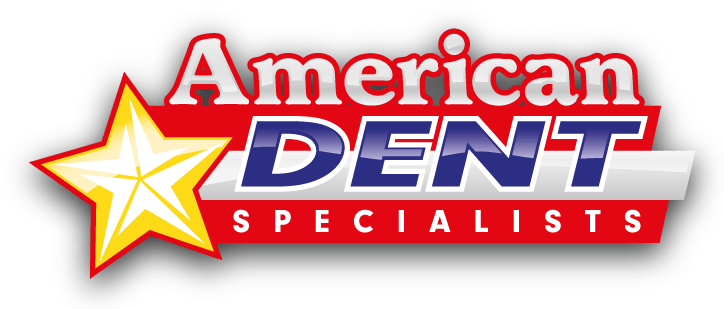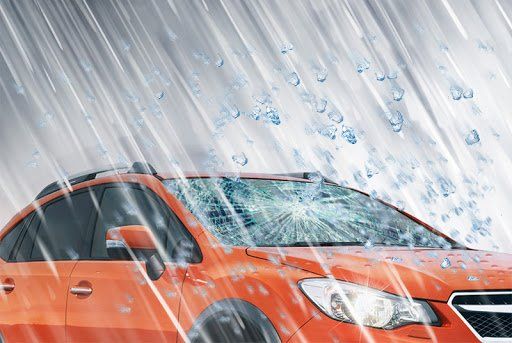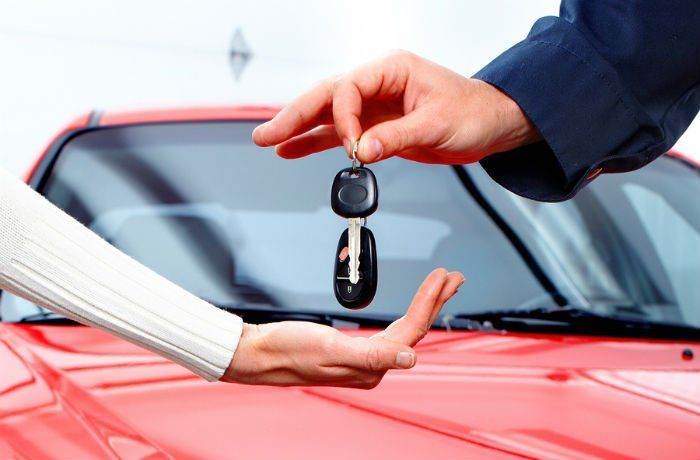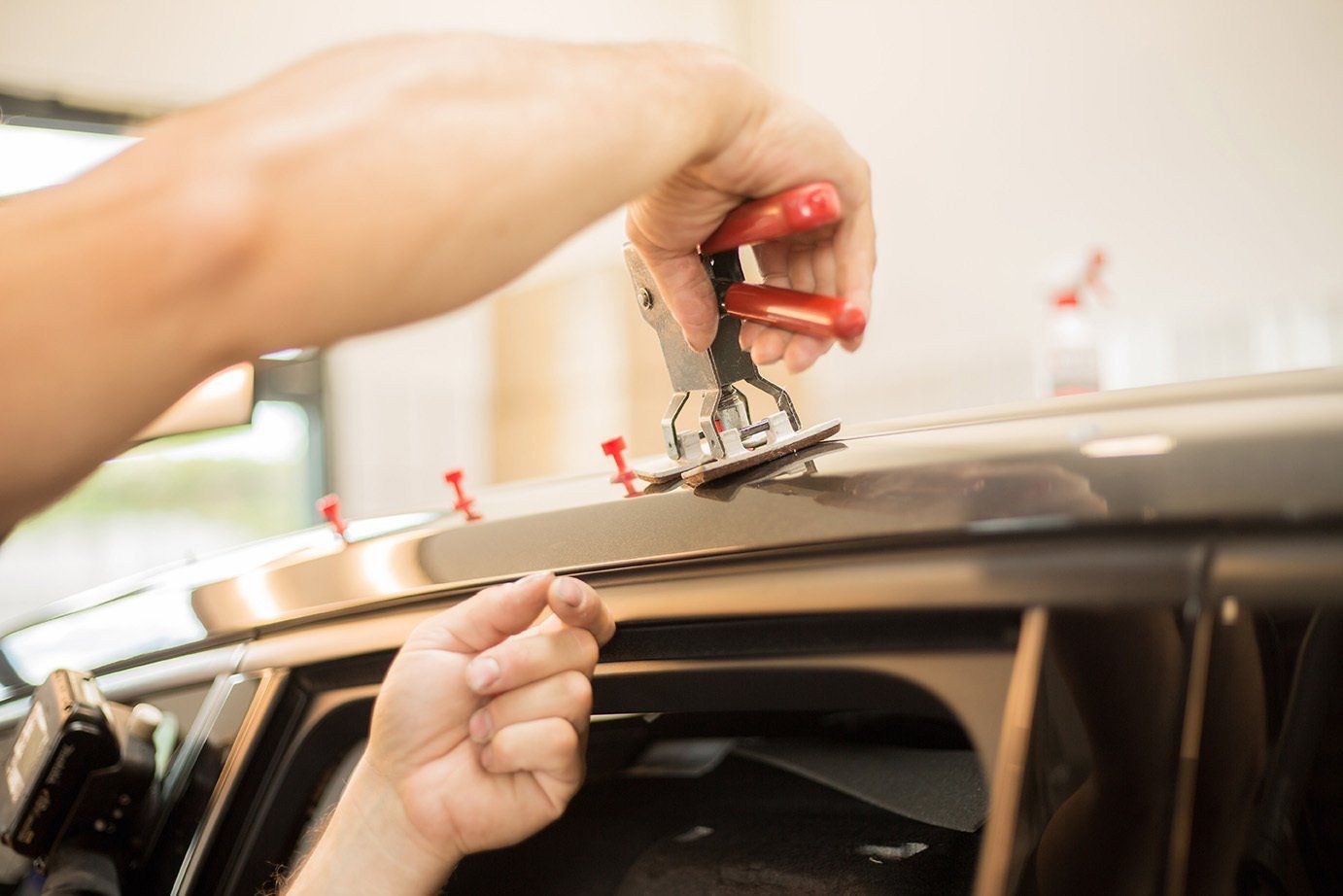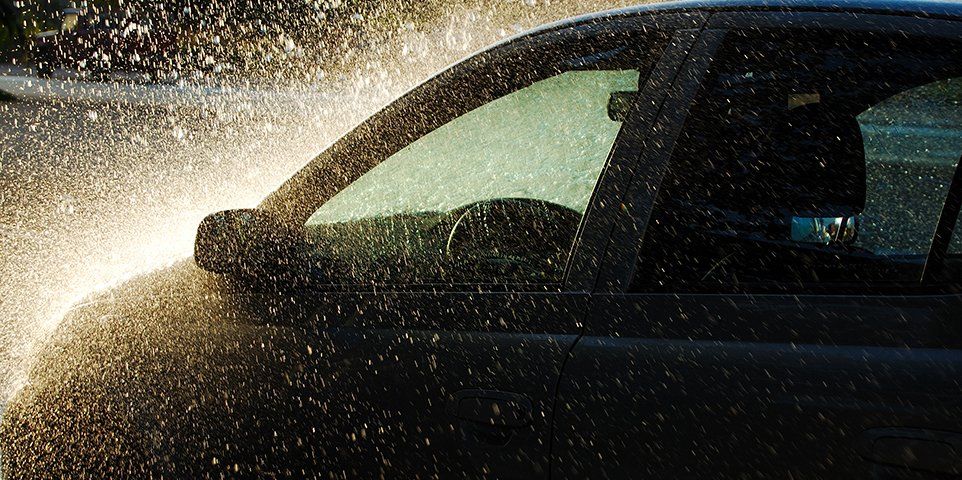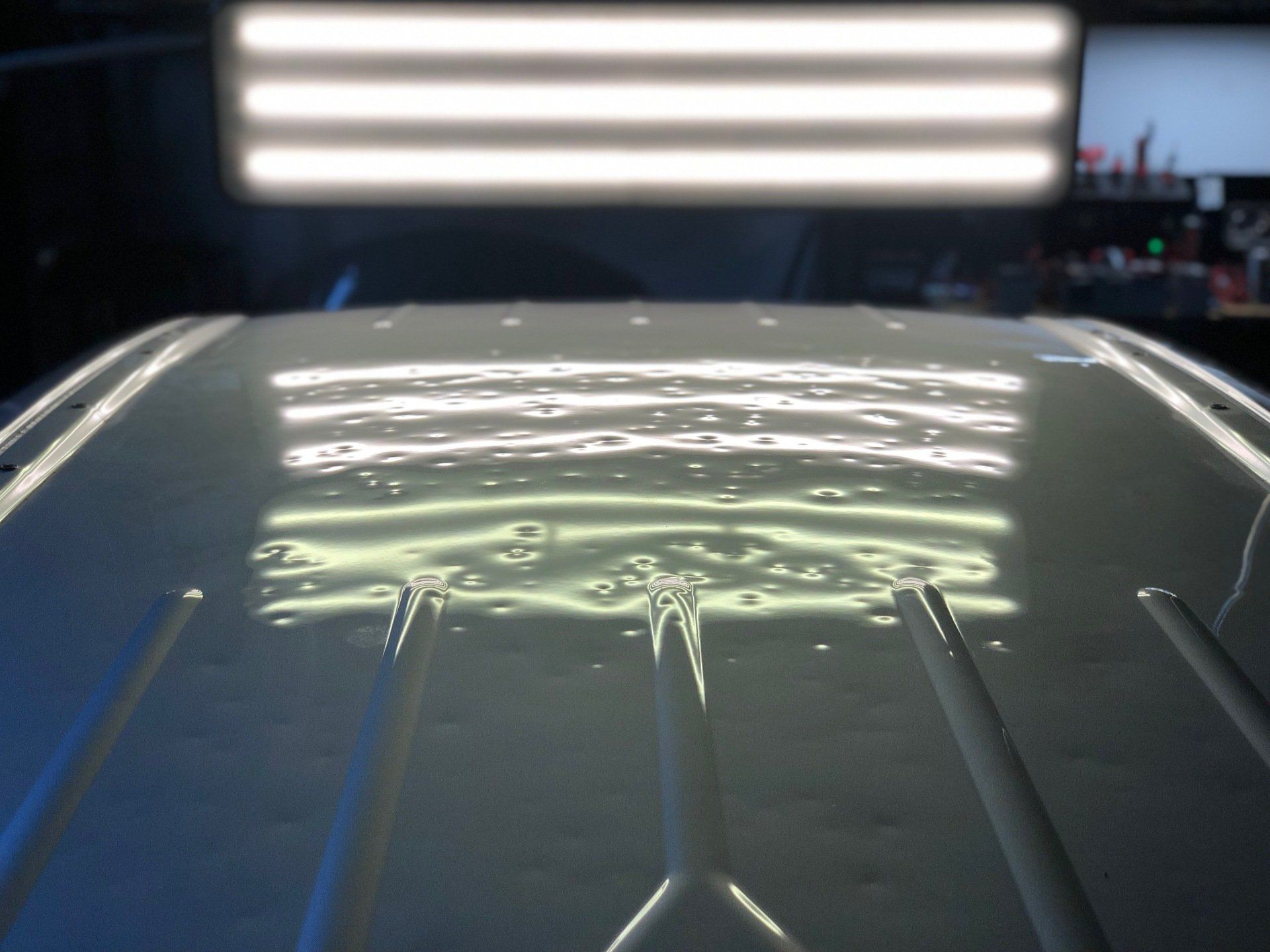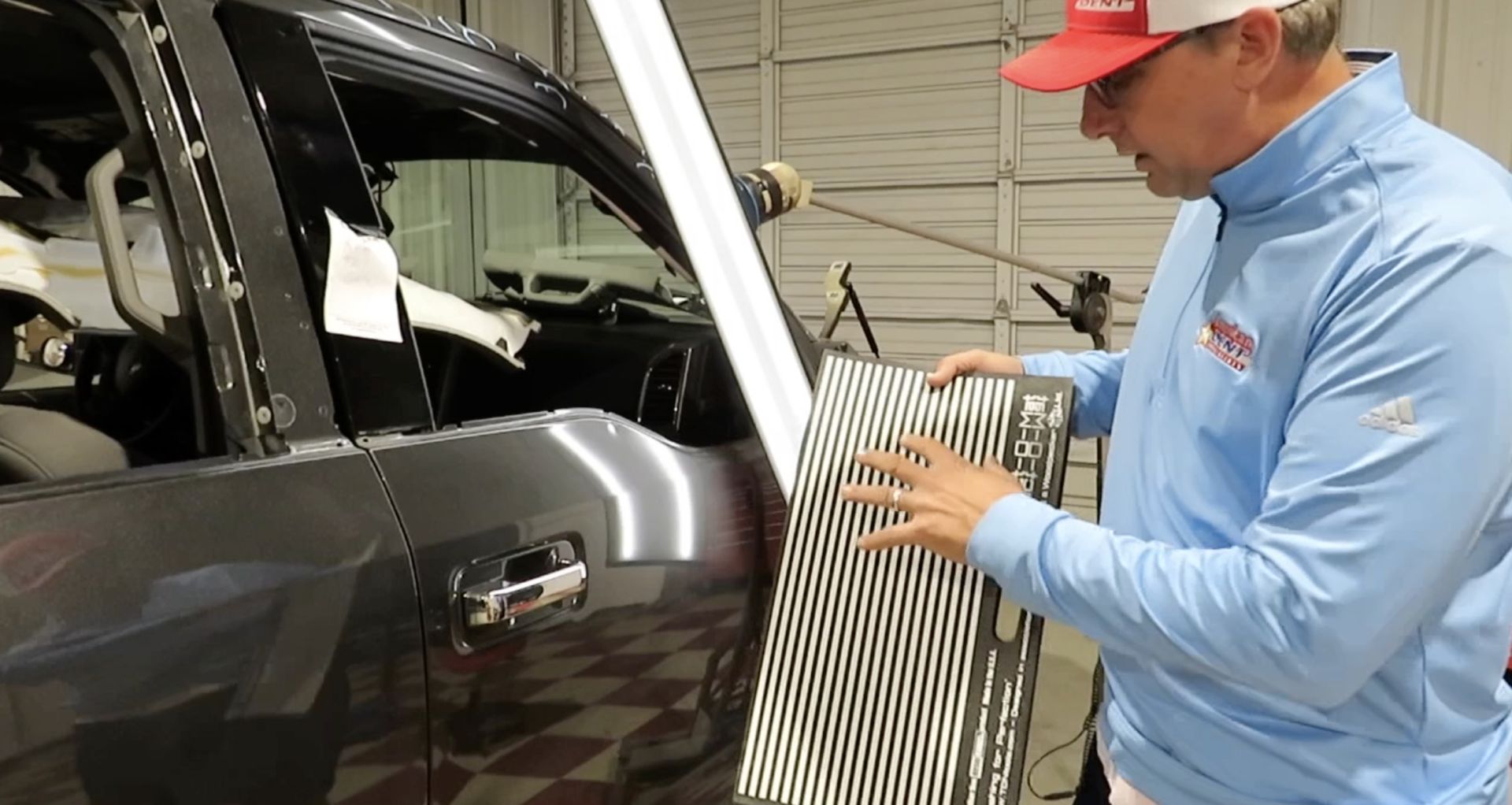How to Wash Your Car
Ceramic Pro walks your through best practices in washing your car
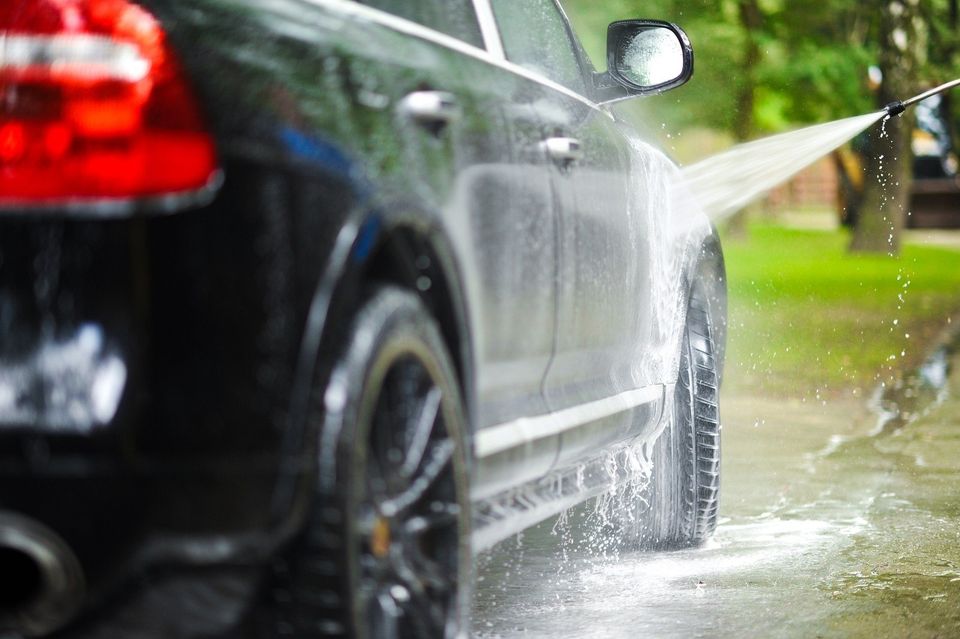
How to properly clean and maintain your paint.
Now I'm going to introduce the specialty tools that we use to ensure that when we wash a vehicle, it comes out perfect. The first ingredient is the water. The water has to be really clean because if you're using bad water, you're very likely to get water spots, hard water spots.
What's a hard water spot? Basically, when the water evaporates, it leaves behind minerals. We treat the water that we use to wash the vehicles with a DI, deionization tank. It's spitting out perfectly clean water. What I mean by that is if I spray this water on your beautiful black paint in the middle of the Sahara Desert, it would dry and no hard water spots. We use it for every step of the process.
We filled our buckets and we filled our pump sprayer with our spot-free water. Next thing you're going to do is add one capful or one ounce per gallon of water. What this is a hybrid wash. What does that mean? It's also called an eco-wash or a dry wash. What this product does is instead of using a traditional soap, which you would pressure wash the surface, then wipe it with soap, which would break down the dirt particles, and then you pressure wash it off. What this does is it encapsulates the dirt particles, basically giving them a round smooth surface so that you can gently remove them with a microfiber towel without scratching the paint.
Again, what we're doing here is pre-soaking it to encapsulate the dirt particles. One of the coolest characteristics of this Pink Wipeout product is it's safe to use on all exterior surfaces. It actually acts as an amazing cleaner for windows, for paint. We often use it to even just clean and touch up wheels. It's extremely versatile.
Now that we pre-rinse the paint, let's take a look at the two-bucket method and the towels that we will use to wash it. Each of these buckets has spot-free water in it, and each of them has a grid guard. The point of the grid guard is so that your dirt and debris sinks to the bottom and doesn't float around in the water while you're washing. You'll see they're a little bit different, but the same basic science. And then we go ahead and add more product. You don't need a lot. You just stir it up. Then, we have microfiber towels. This is what we use for our wash media here. We don't use wash mitts here. We use microfiber towels that we continuously clean in the washer and dryer, and this way we're not scared you use a lot of them.
In this case, I like to work with two at a time and put it directly into the wash. Rinse them out. I like to grab one. Now this paint was very dirty. What I would do at this point is put it into the one with no solution. We'll call that our rinse bucket, and then I come back with a fresh one here and it's ready to go for me. This is pretty much completed at this point, but just showing you the process that if I needed to continue to come back, at this point then I would put this one in the rinse bucket, rinse it out in the dirty, and then come over to the clean and get right back to it.
As if that's not enough towels, I want to introduce you to the ultimate drying towel. This towel is fantastic because it captures water and it keeps any remaining debris that might be on there, pulls it into the towel and you'll feel that this almost feels sort of rough. It's a really cool science, again, captures the debris inside and glides and dries, holds water. You can almost drive the whole vehicle without restarting again or rinsing it.
Ladies and gentlemen, that is washing and drying your paint safely using the hybrid wash technique.
Share This Blog

